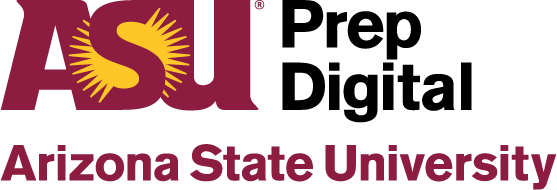#TransitioningTeachers
#TeacherMentoring
Teacher shortages are not new and they’re not solely due to the pandemic. However, the pace of teacher resignations has been accelerated by COVID-19 to the point where education sector resignations are dramatically outpacing other professions. The Wall Street Journal cites federal data to note that from January to November 2021, quits in the educational services sector rose 148%. For comparison, another employment sector beleaguered by the pandemic—retail services—saw quits rise 27% in that same time period. As a result, a veritable cottage industry has emerged around helping teachers transition their skills to private industry and other sectors. Relevant keywords on job search platforms yield thousands of results for teachers leaving the profession.
Impacts felt beyond the classroom
The immediate impact of so many teachers and school support staff leaving their jobs, especially in the middle of a school year, is felt by students. In fact, researchers who study the effects of mid-year teacher turnover cite learning loss for students as between 32 to 72 instructional days. In addition to disrupted student learning, losing teachers creates a dearth of peer leaders within a school. According to national surveying, many of the resigning teachers are 15-year educators, often mid-career teachers who commonly serve as new teacher mentors, department chairs, and curriculum committee members. With more veteran teachers taking early retirement during the pandemic and decreasing enrollment in teacher preparation programs around the country, all areas of the teacher pool seem to be drying up at once.
What comes next?
What will the start of the 2022-2023 school year bring for schools and districts across the country? Faced with the reality of teacher shortages, many states are reducing requirements for teacher credentialing. While these kinds of measures can certainly accelerate access to the profession, oftentimes they’re designed for individuals untrained in education. There is much to be said for a local entrepreneur coming in to teach business or marketing electives, or a native Spanish speaker being able to fill a gap in a high school’s world language department. However, modern classrooms come with brand new challenges. Professionals seeking to transition into teaching must navigate and build new skills such as classroom management, ESE and ELL strategies, navigating the social-emotional needs of students, and even developing curriculum for online, hybrid, and in-person formats.
Finding solutions
Given the likelihood that districts will receive fewer applications than ever before for vacant teaching positions—and the likelihood that many of those applications will be from candidates without education training or experience—teacher mentoring will be more important than ever before. Research has long demonstrated the efficacy of strong mentoring programs on both teacher retention and student achievement. However, in schools already suffering from personnel shortages, asking peer teachers to design and implement a mentoring program for new hires will not be practical. As the saying goes, modern problems require modern solutions.
School leaders who think outside the physical school building for solutions to teacher readiness challenges will benefit from the resources available, such as virtual mentors. A virtual mentor can be the personalized connection new teachers need while unburdening a mentoring time commitment from your current faculty. Virtual mentoring may include weekly one-on-one meetings, live classroom observation via simulcast, lesson development review, and individualized coaching feedback.
What to look for in a virtual mentoring program
When considering virtual mentoring, look for high-quality programs rooted in education, not profit, that will partner with your staff in delivering weekly sessions, lesson planning support, data deep dives, and peer-to-peer mentoring. One way to vet potential partners for mission alignment is to look up their executive leadership bios and learn about their backgrounds (Were their previous roles at software companies or school districts? Do they hold MBAs or MEds?). Once you are ready to partner on new teacher mentoring services, ensure all expectations are mutually determined ahead of time for a smooth implementation. When executed at a high level, new teacher mentoring provided by remote master teachers will impact teacher retention, job satisfaction, and student achievement.
In a school year rife with uncertainty, school leaders who provide virtual mentoring can rest assured in the knowledge that teachers new to the profession in their school are getting the training, scaffolding, and support to deliver high quality instruction all year.
Partner with ASU Prep Digital
ASU Prep Digital is an accredited online K–12 school providing districts with professional development options customized for their needs, including virtual teacher mentoring. For information on ways ASU Prep Digital can help with teacher shortages and other needs, visit our Teacher Mentoring webpage or email partnership@asuprep.org.


